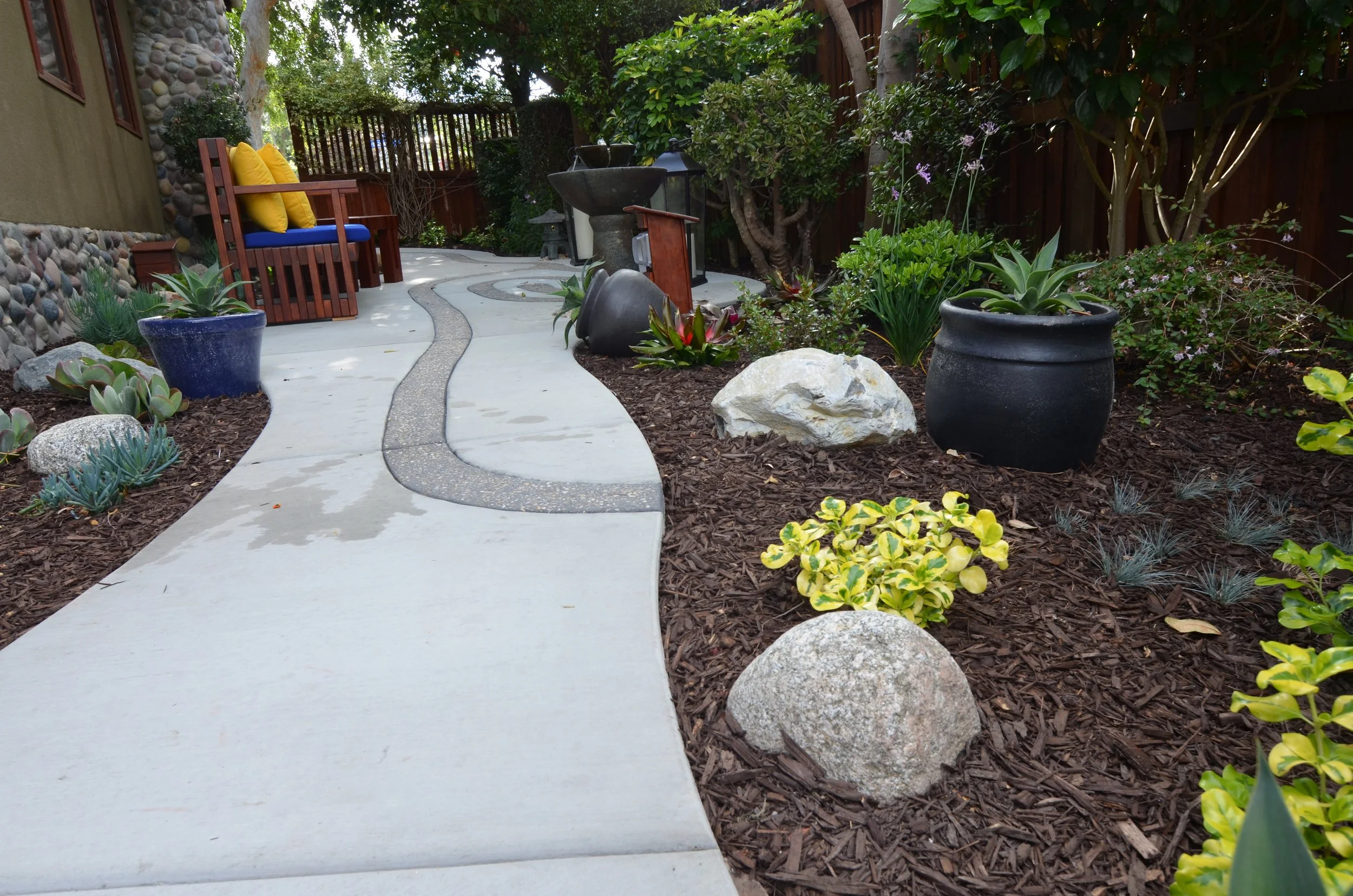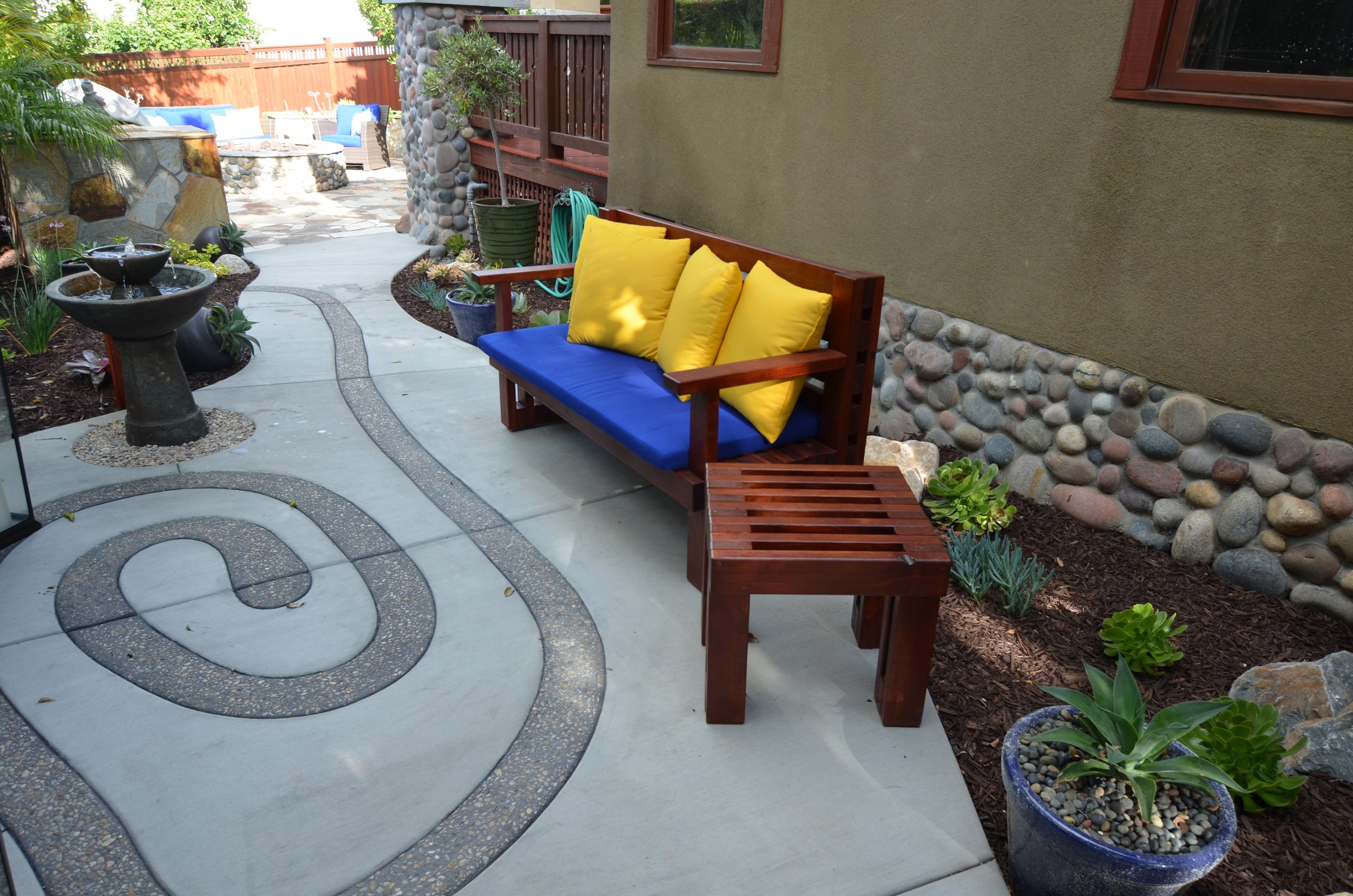Your perfect pathway
We all have some sort of pathways in or around our homes, either to get to the front entrance, a side yard path or maybe a fun swirly path to connect different items and centers in your outdoor space.
Within a home landscape there are 3 different paths, primary, secondary and tertiary paths.
PRIMARY PATH - As you probably already guessed this path leads to important areas and entrances of your home like the path to your doorstep would be considered a primary path. Another primary path would lead you to a main gathering area of your outdoor space like a patio, pool setting or fire place area.
SECONDARY PATH - Those paths are a bit unclear on where they lead you and tend to add just the right amount of mystery to a landscape like a hidden rose garden, pond, bench or gazebo to relax. We can refer to them as “wondering path” since their main purpose is to add a connection between the wanderer and nature. English garden and some botanical parks usually showcase a fair amount of secondary paths.
TERTIARY PATH - These paths are basically the counterpart to your secondary path since their only purpose is strictly functional and leading you to your old smelly trash cans or boring tool shed for an easy access. Tertiary path are wider and shorter and most likely straight paths for convenience.
No matter what size your yard is or how many different venture points it has, the combination of creative design with the most suiting material selection is the key to creating the perfect pathway for your outdoor spaces. If you plan the paths well, it can add the illusion of a bigger space, invite to explore and lead your guest exactly to the areas you want them to go. Paths link and transition between areas so why not give them a little more attention?
Once you start planning in adding one or maybe more paths to your property, it is very important to decide what it’s main purpose will be. A functional path should most likely be straight and wide enough to suit its functionality. A gentle serpentine pathway invites for strolling and calms the mind, creates curiosity to it, wondering what might linger behind the next corner.
Most important to remember is what design fits to your house, layout and style. A path should help enhance your living spaces and never take over or be in competition of each other. Flag stones, bricks, pavers, concrete, there a lot of materials and styles to choose from. Take a look at some of our pathways that we have designed along the way.
Hope you enjoy!






